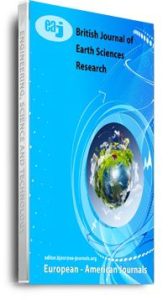Geoelectric mapping and drilling of Aba-Isu limestone deposit was carried out using a hybrid method, a combination of Wenner and Schlumberger resistivity techniques. The iso-resistivity maps indicated a roughly NW–SE trending of the limestone deposit. The resistivity values in the range of 40-260Ώm is inferred to be limestone with varying gradations, and relatively low resistivity values <40Ώm. Areas around the central line axis have resistivity values >100Ώm particularly for the “a” of 5m and 10m respectively and consistent and coincidental with the areas where the limestone massively outcropped. The study area indicated a 4-5 layer stratified alternating sequence of high and low resistivity horizons, the sequence start with high resistivity horizon with values >100 Ώm alternating with low-medium resistivity horizons with values in the range of 20-50Ώm. This sequence in 2 or 3 cycles and terminated by the highly conductive horizon with resistivity values of <20Ώms. The pseudo-sections, resistivity values greater 100Ώm are inferred as limestone, there is a consistency of these values on a trend coinciding with the central line axis. The same values are observed at various depths beneath the subsurface implying the occurrences of limestone which extend beyond 35m depth.
Keywords: Aba-Isu, Drilling, Geophysical Mapping, Limestone, Nigeria

